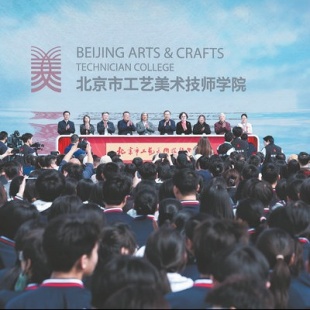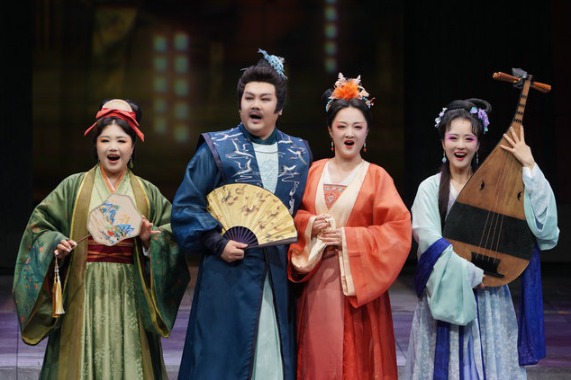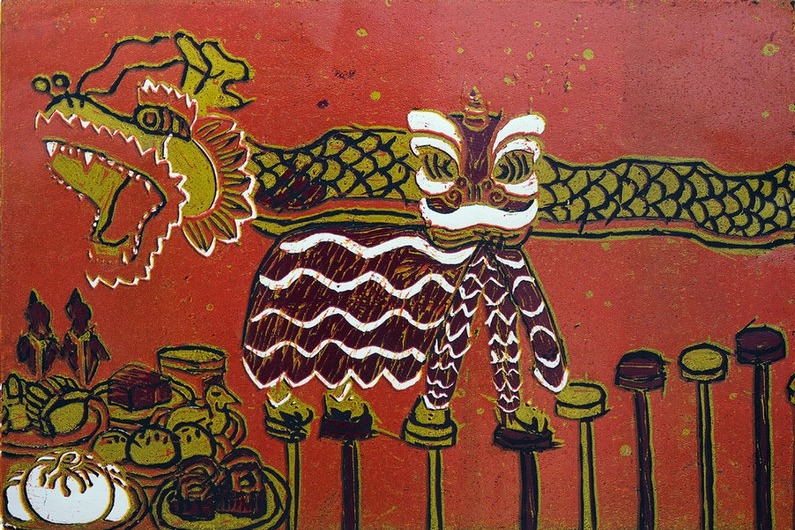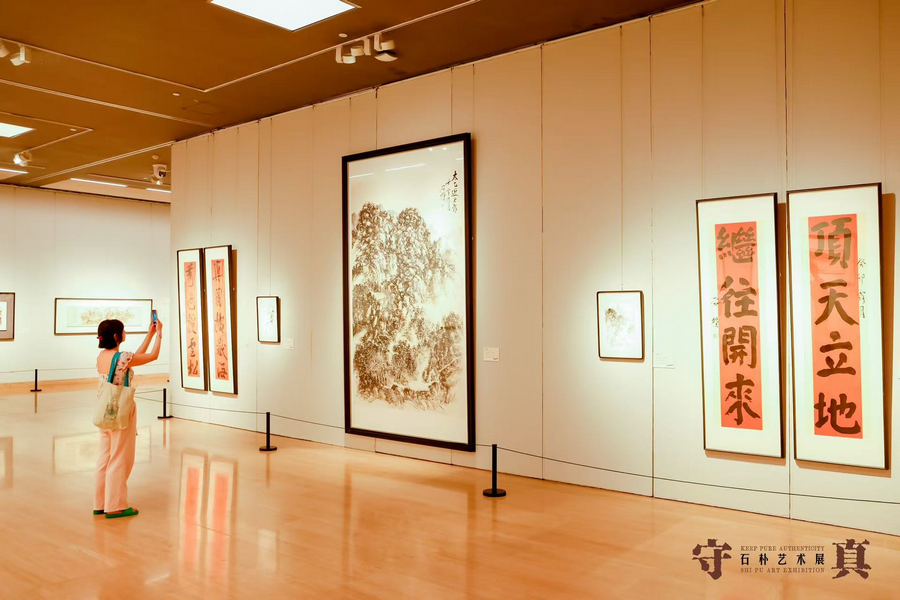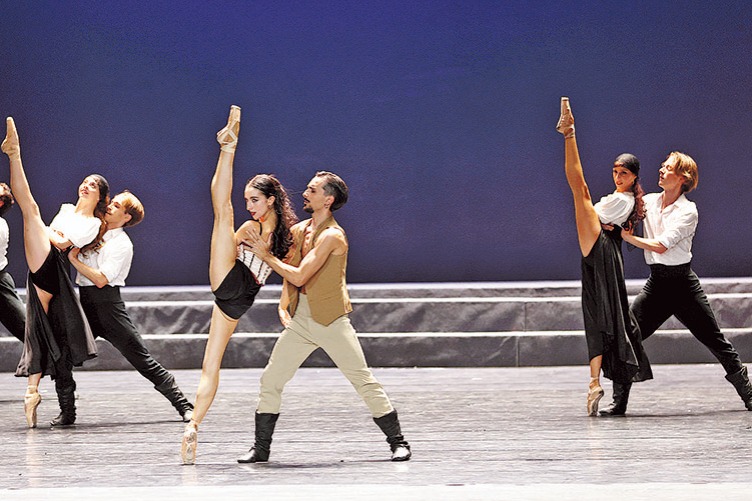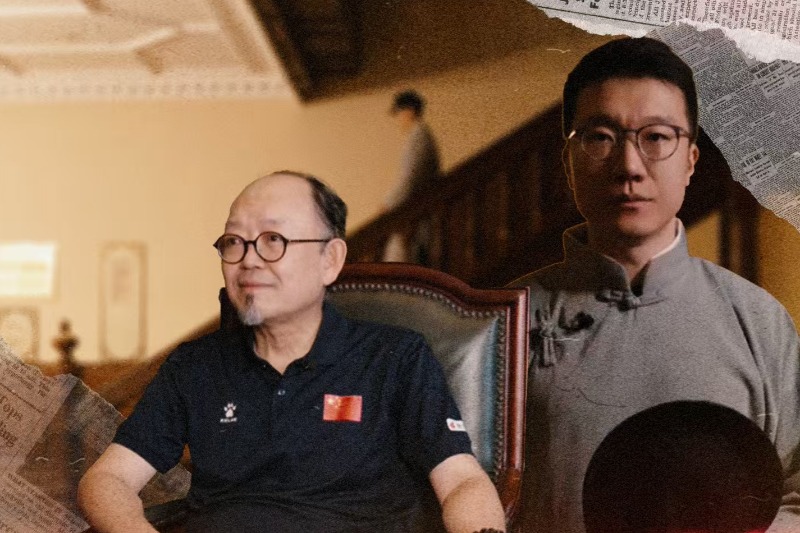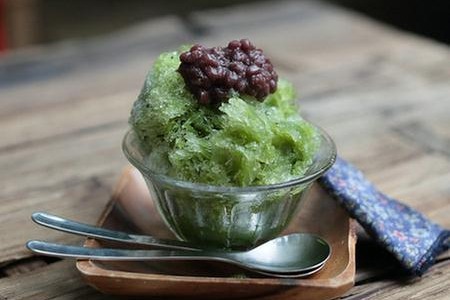Art college's status redefines excellence
Students receive access to more resources as school cultivates future talents, Yang Feiyue reports.

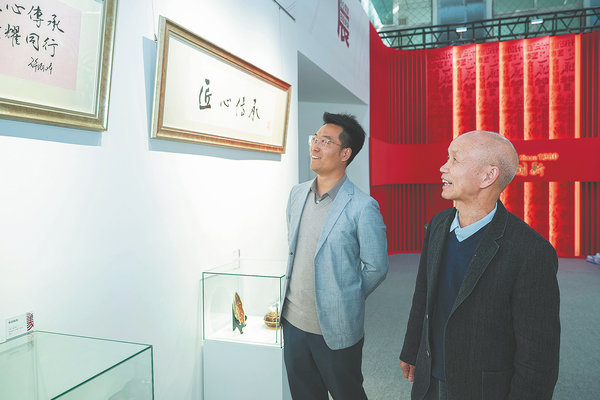
The upgrade marks a momentous occasion for the group and the broader arts and crafts industry in the capital, Duan says.
"In this new era, a pressing question we face is how to blend traditional arts and crafts with contemporary concepts to develop highly skilled, innovative professionals who can meet the evolving market demand," Duan says.
"The institute's founding provides us with a critical platform and an excellent opportunity to address this challenge," he adds.
Duan hopes the college will further explore and preserve China's outstanding traditional culture and integrate these unique cultural elements into education, so treasured legacies will be passed down and rejuvenated in the modern era.
He also proposes to combine industry and education to encourage teachers to take on different roles and keep pace with the latest techniques, which will enable them to update teaching content and improve instructional quality.
At the launch ceremony, Zhao Xiutao, deputy director of the vocational capacity development division of the Beijing Municipal Human Resources and Social Security Bureau, outlines the college's key priorities in strengthening academic management, expanding infrastructure and enrollment, enhancing faculty development, and increasing advanced technician training.
Wang Xiaobing, also from the Beijing bureau, commends the college's accomplishments in vocational education and urges further progress in industry-academia integration, advancing cultural innovation, and strengthening international exchanges.
Dong expects to gain access to rich learning resources and interact with more senior craftsmen because of her school's higher status.
From her experience, she emphasizes that the school's greatest strength lies in its resource of legendary artisans.
Under the guidance of carved lacquer art masters like Li Zhigang and Wang, students receive hands-on training rarely available elsewhere.
"They inspect every detail of our work and demonstrate corrections in person," Dong says.
"Once, while carving the intricate floral patterns for the rooster's neck, I struggled for days. The petals were tiny and my cuts kept going awry. I almost gave up," she says, recalling one of her setbacks.
But the masters' patience became her lifeline. "They'd sit beside us, showing us how to steady the blade. Slowly, I improved."
With the school's upgraded resources, Dong eagerly looks ahead.
"The school didn't just teach me a skill, it connected me to a lineage of artists. One day, I hope I can contribute to the field," she says.
Contact the writer at yangfeiyue@chinadaily.com.cn


